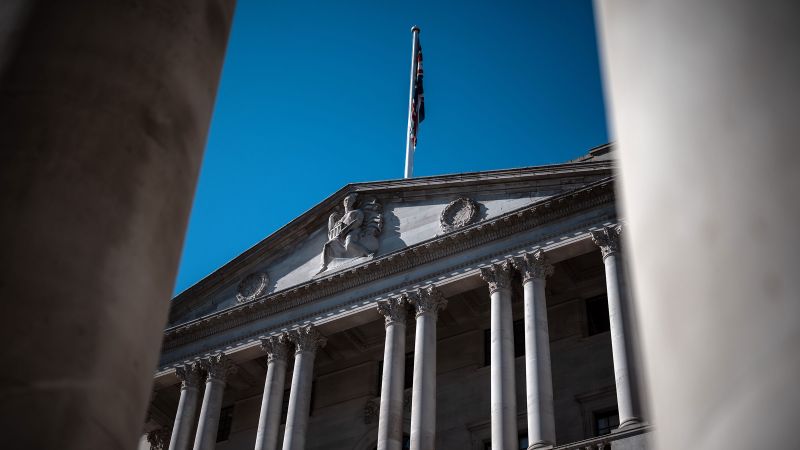The Bank of England has recently made a pivotal decision to cut its primary interest rate by a quarter of a percentage point, a move directly linked to lower inflation rates within the United Kingdom. As a result of this change, the main borrowing cost in Britain now stands at 4.25%. This rate adjustment marks the fourth reduction initiated by the central bank since it embarked on a course of rate decreases back in August of the previous year. The move was anticipated by financial analysts and market observers alike, who have been closely monitoring the bank’s response to economic conditions.
In a formal statement released by the Bank of England, officials noted that there had been “substantial progress” in reducing inflation over the past two years. This positive shift has allowed them to implement gradual rate cuts, which are intended to stimulate economic activity. However, the central bank also expressed concern over new challenges that have emerged, particularly in light of escalating uncertainty surrounding global trade policies. This uncertainty has been further exacerbated by actions taken by former US President Donald Trump, whose tariff policies have, in recent weeks, instigated a trade war with several countries.
The bank’s statement indicated that while global growth prospects have weakened due to this uncertainty and the implementation of new tariffs, the adverse effects on both UK growth and inflation are expected to be less pronounced than initially feared. Central bank officials are aware of the delicate balance they must maintain within monetary policy, especially as external pressures continue to mount.
Governor Andrew Bailey of the Bank of England has previously vocalized his worries regarding the potential “growth shock” resulting from Trump’s tariff measures. In a candid interview with CNBC, Bailey elaborated on the pervasive “sheer level of uncertainty” introduced by these trade policies. He warned that such an environment tends to inhibit businesses from pursuing investment opportunities and dissuades consumers from making expenditures.
In April, evidencing the concerning economic climate, a notable survey conducted among UK businesses revealed a contraction in overall output. This survey utilized the Purchasing Managers’ Index (PMI), which indicated its lowest recorded level since November 2022—an alarming sign of the economic headwinds facing the country. Additionally, during the same period, the International Monetary Fund (IMF) revised its economic growth forecasts downward for a range of countries, including the UK. The IMF joined a growing chorus of economists and business leaders sounding alarms about the potential economic repercussions of the tariffs enacted by the United States.
Engaging further in his analysis, Governor Bailey pointed out that the escalation of US tariffs could inadvertently contribute to a reduction in inflation within the UK. This development could afford the Bank of England greater latitude in cutting rates should the economy require stimulation. He speculated about potential shifts in trade patterns that could arise, specifically the chance that goods might be redirected away from the United States and towards Britain.
Bailey suggested that the UK could experience an influx of competitively priced Chinese exports, perhaps diverted from the U.S. market due to tariff implications. This influx could lead to a heightened level of competition within the marketplace, resulting in lowered prices across various sectors. Consequently, the Bank of England’s monetary policy continues to be influenced by a myriad of complex factors, including international trade dynamics, internal economic indicators, and overall consumer behavior.
In summary, the recent interest rate cut by the Bank of England reflects not only the current state of UK inflation but also the broader global economic environment influenced by trade policies. As the bank navigates through these challenges, it remains to be seen how these adjustments will affect economic stability and growth within the UK.



